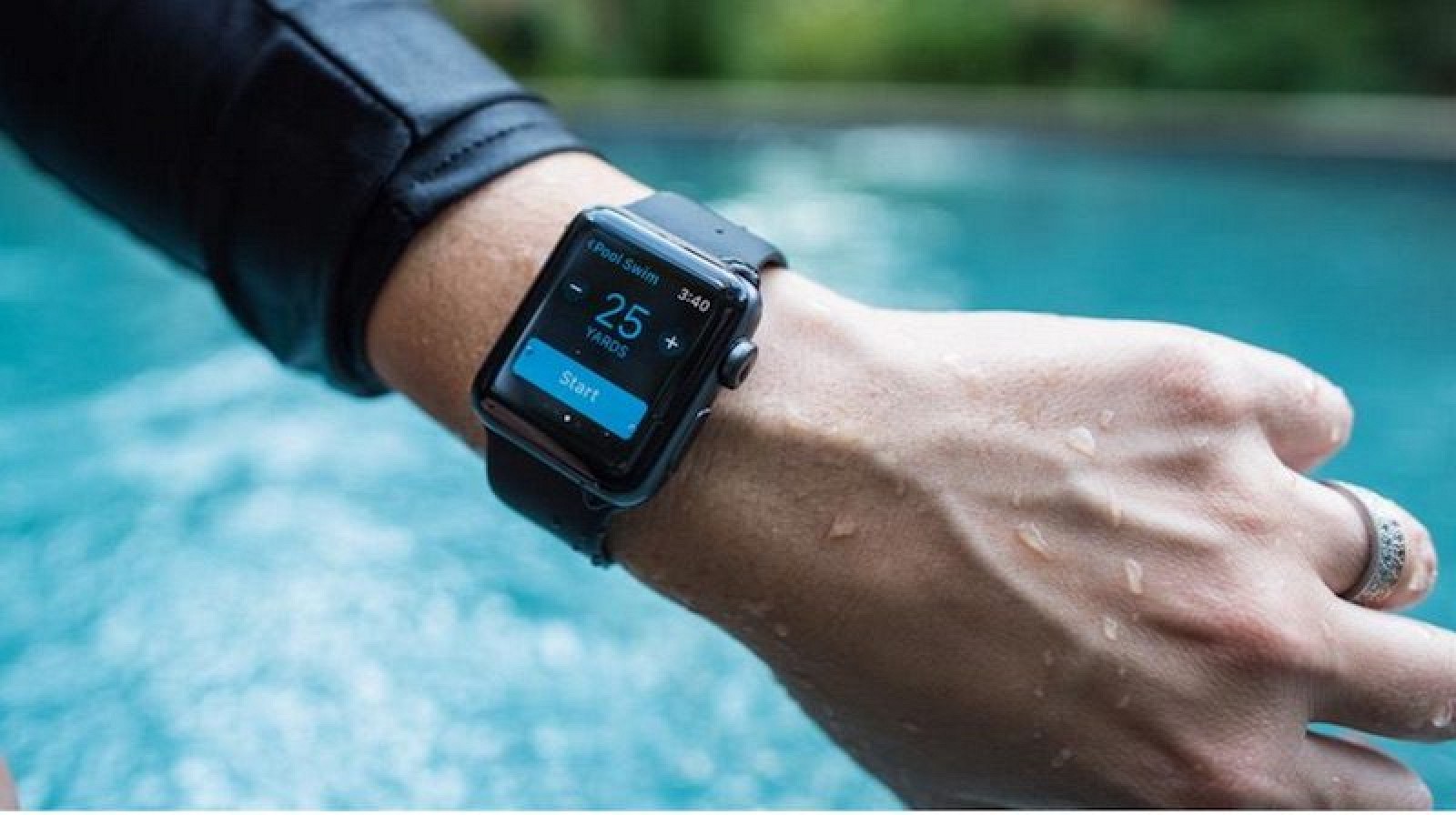Our bodies are machines, plain and simple. If you fuel the machine properly, keep the engine in tune, and take it out for daily test runs, it will last longer and more efficiently. As with all machines, technology is steering a brighter future, and companies such as Apple and FitBit are leading the way with bold initiatives and striking products that can tell us exactly how to keep our machines running the smoothest.
The wearable market has become the next frontier and battleground for companies such as Apple and FitBit, taking communication and health monitoring to your wrist. The Apple Watch debuted April 24, 2015, and did so with mixed reviews. WatchOS 1 was limited and more confusing then your typical Apple operating system, and third party apps were too tethered and reliant on the iPhone to power them. Last year, Apple debuted WatchOS 3 and Apple Watch Series 2, and with these two introductions came massive progress into legitimate health tracking.
Apple Watch Series 2 alongside WatchOS 3 brought GPS tracking directly to the watch, and direct Siri functionality and integration to third party apps. Series 2 also brought water-proof standards to the watch, allowing swimming to now be tracked as an activity. Dynamic apps such as Gymatic began to hit the watch, and apps like this became instant game-changers.
Gymatic has a companion iPhone app, but it is really made for the watch. Gymatic can be launched by telling Siri “start a workout with Gymatic,” and the watch launches directly into the freeform workout mode. In this mode, Gymatic learns your motions, counts your repetitions, and will automatically store these exercises so next time it will know what you are doing automatically. In the latest release, Gymatic has taken it further than strength training, and now has cardio exercises built-in as well. At the completion of either a strength or cardio workout, Gymatic syncs to your built-in activity app, and your rings will reflect the workout you just completed. All of these sync back to your health app on the iPhone, and you now have a log of how you live and tune your machine permanently.
Beyond fitness, the next frontier for wearables is further sensor usage and health tracking such as glucose readings without the necessary finger prick. Utilizing light and oxygen off the skin, multiple companies, including rumored Apple, are working on this for their upcoming product lines. Body fat readings are coming our way, as are alcohol levels being detected through the skin. Sleeping, however, is the next big thing. Apple has been rumored to have purchased a sleep tracking company as of late, and we are more than likely to see that integrated into the next Apple Watch. Improvements to the battery will allow you to wear the watch while you sleep, allowing sleep patterns and durations to be integrated into the health app.
The more advanced wearable technology becomes, the better our health and longevity becomes. If you are rushed into the emergency room completely unresponsive, a doctor can quickly download your health data from your device, and see exactly what was happening with your health before you collapsed. This data is for us and our betterment, and it couldn’t come at a better time as country becomes one of the most obese on the planet.
